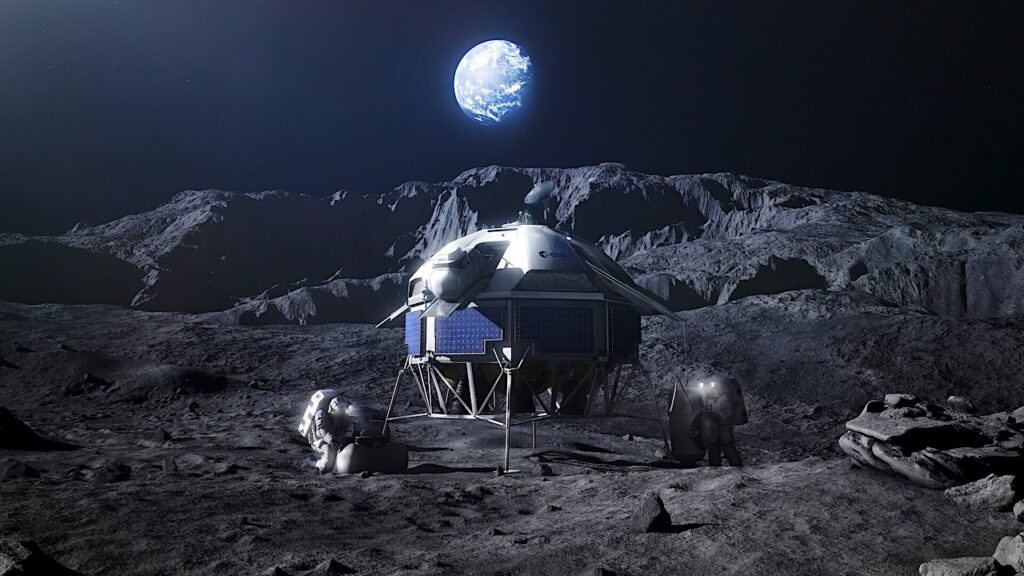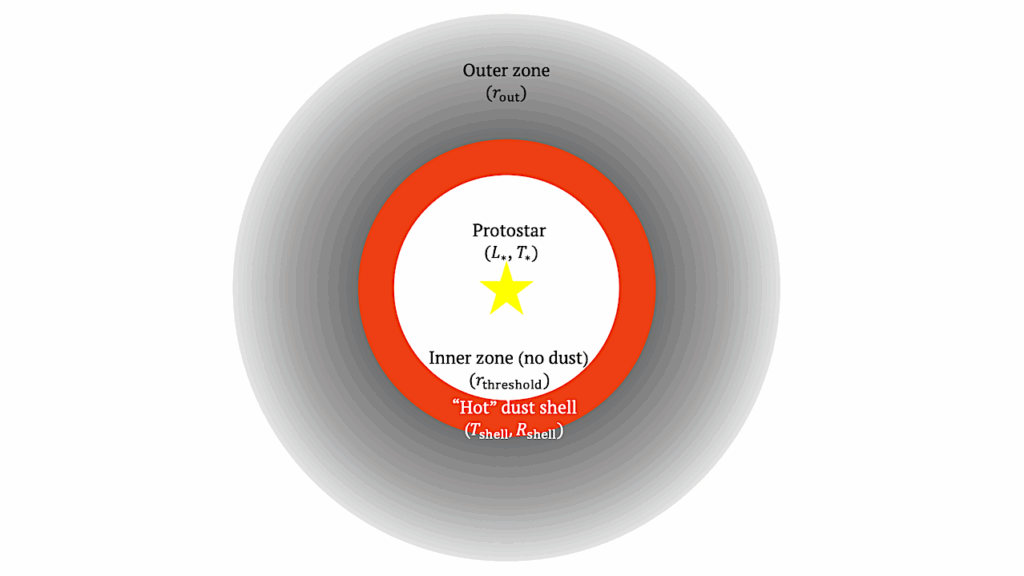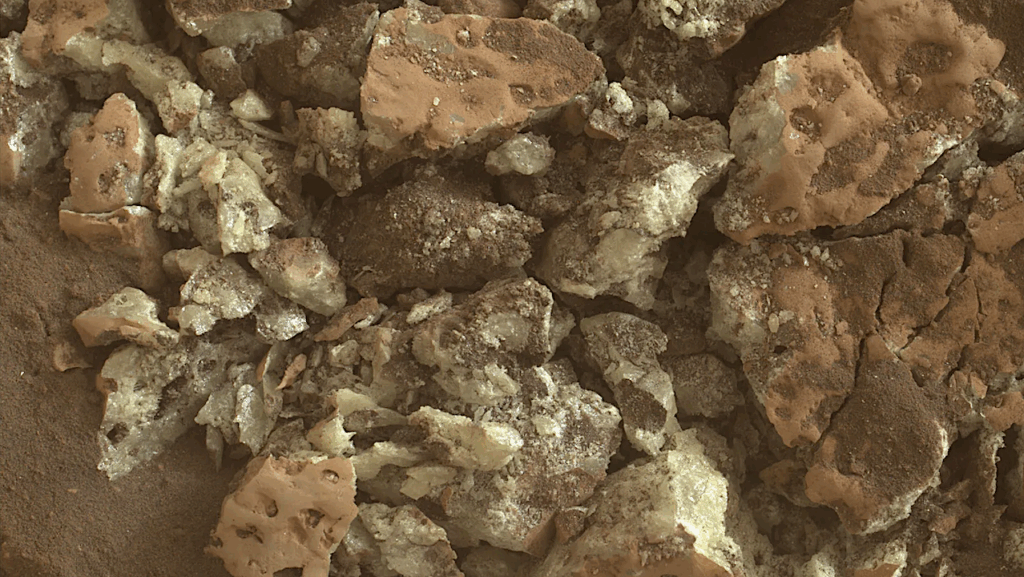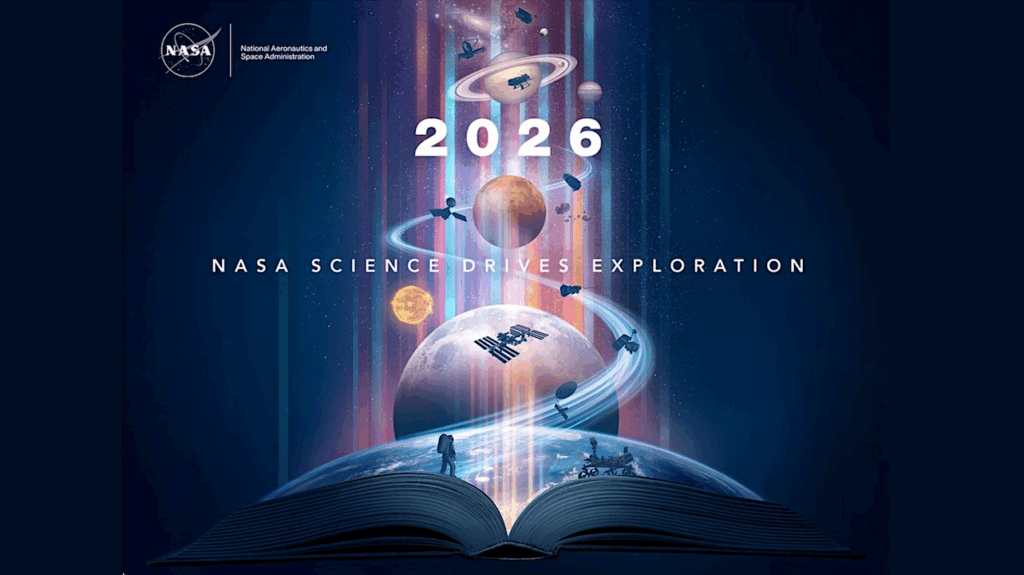Sulfur Ion Implantations Into Condensed CO2: Implications For Europa

The ubiquity of sulfur ions within the Jovian magnetosphere has led to suggestions that the implantation of these ions into the surface of Europa may lead to the formation of SO2.
However, previous studies on the implantation of sulfur ions into H2O ice (the dominant species on the Europan surface) have failed to detect SO2 formation. Other studies concerned with similar implantations into CO2 ice, which is also known to exist on Europa, have offered seemingly conflicting results.
In this letter, we describe the results of a study on the implantation of 290 keV S+ ions into condensed CO2 at 20 and 70 K. Our results demonstrate that SO2 is observed after implantation at 20 K, but not at the Europa-relevant temperature of 70 K. We conclude that this process is likely not a reasonable mechanism for SO2 formation on Europa, and that other mechanisms should be explored instead.
D. V. Mifsud, Z. Kaňuchová, P. Herczku, Z. Juhász, S. T. S. Kovács, G. Lakatos, K. K. Rahul, R. Rácz, B. Sulik, S. Biri, I. Rajta, I. Vajda, S. Ioppolo, R. W. McCullough, N. J. Mason
Comments: Published in Geophysical Research Letters
Subjects: Earth and Planetary Astrophysics (astro-ph.EP); Space Physics (physics.space-ph)
Cite as: arXiv:2212.08947 [astro-ph.EP] (or arXiv:2212.08947v1 [astro-ph.EP] for this version)
https://doi.org/10.48550/arXiv.2212.08947
Focus to learn more
Journal reference: Geophys. Res. Lett., 2022, 49(24), e2022GL100698
Related DOI:
https://doi.org/10.1029/2022GL100698
Focus to learn more
Submission history
From: Duncan V. Mifsud
[v1] Sat, 17 Dec 2022 20:38:11 UTC (472 KB)
https://arxiv.org/abs/2212.08947
Astrobiology, Astrochemstry








